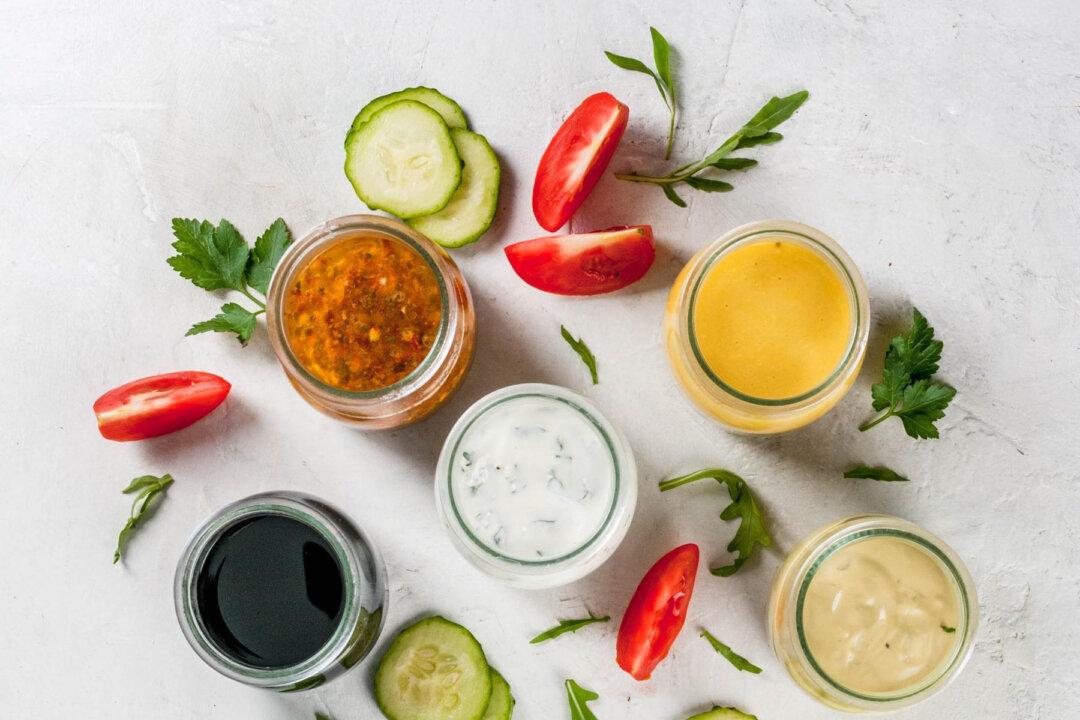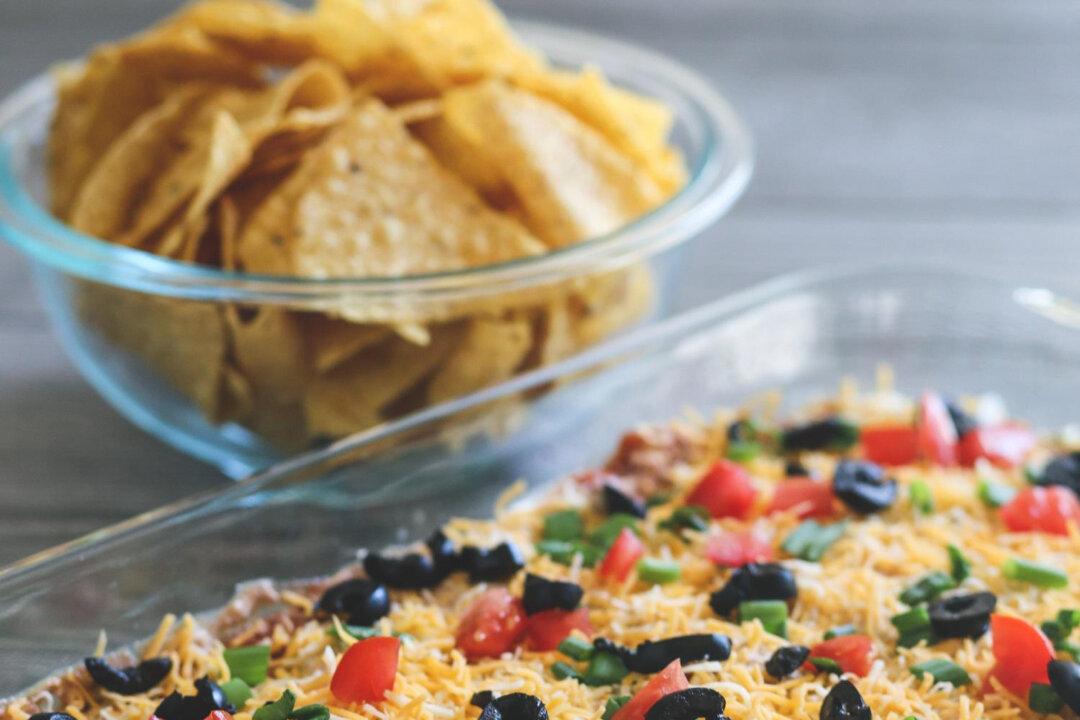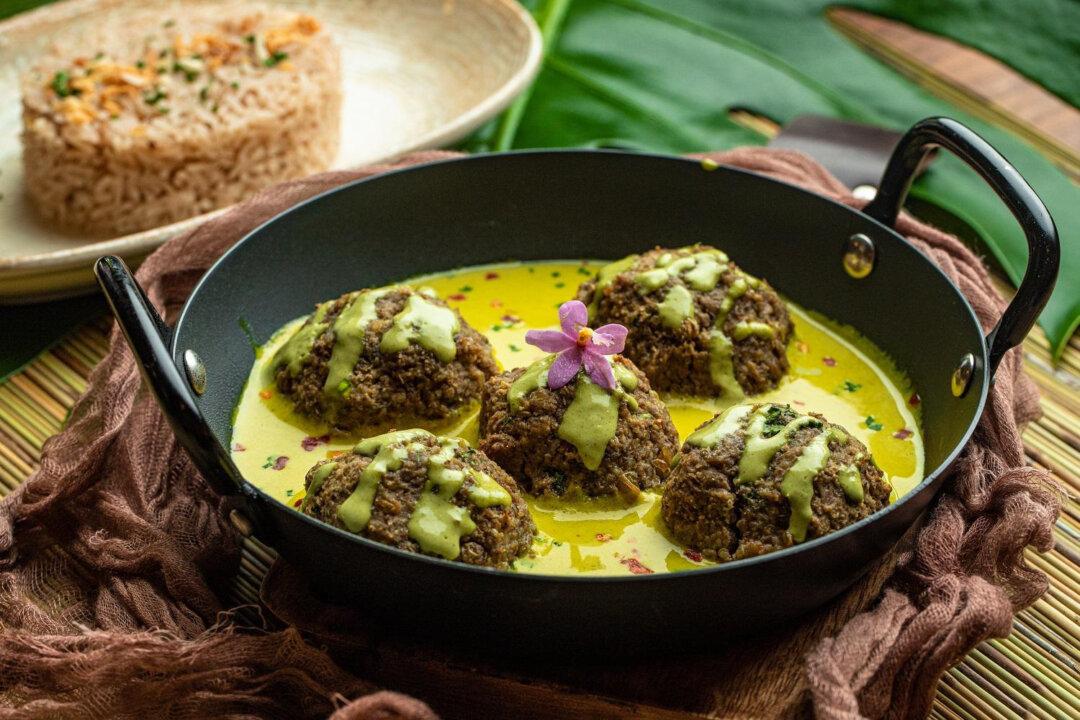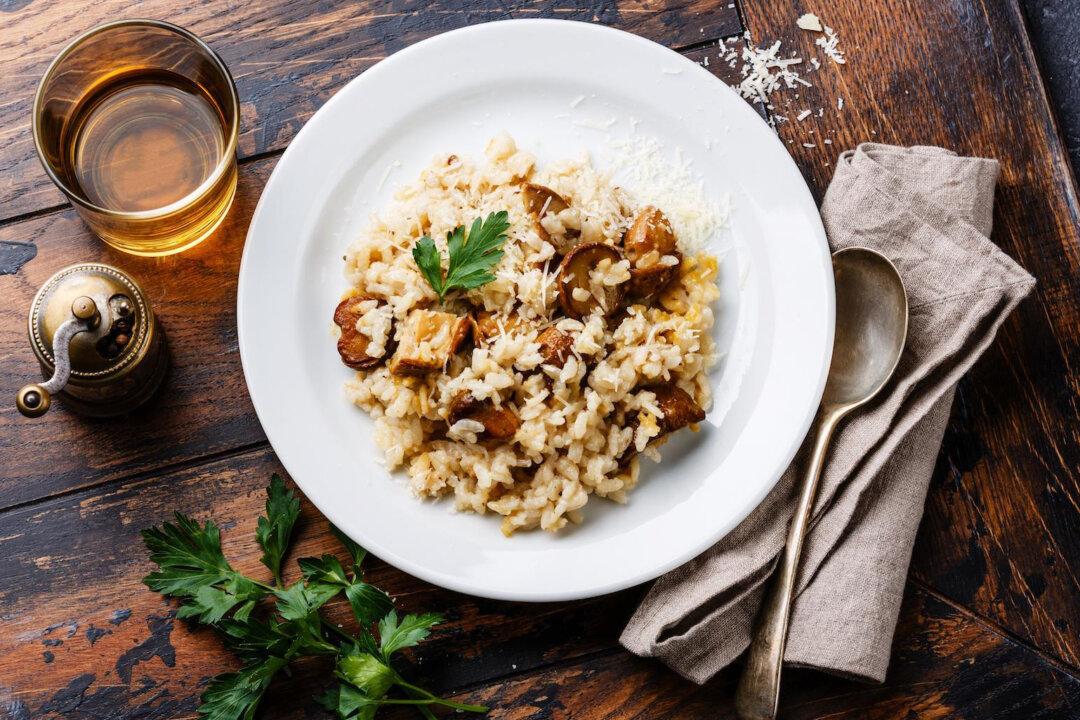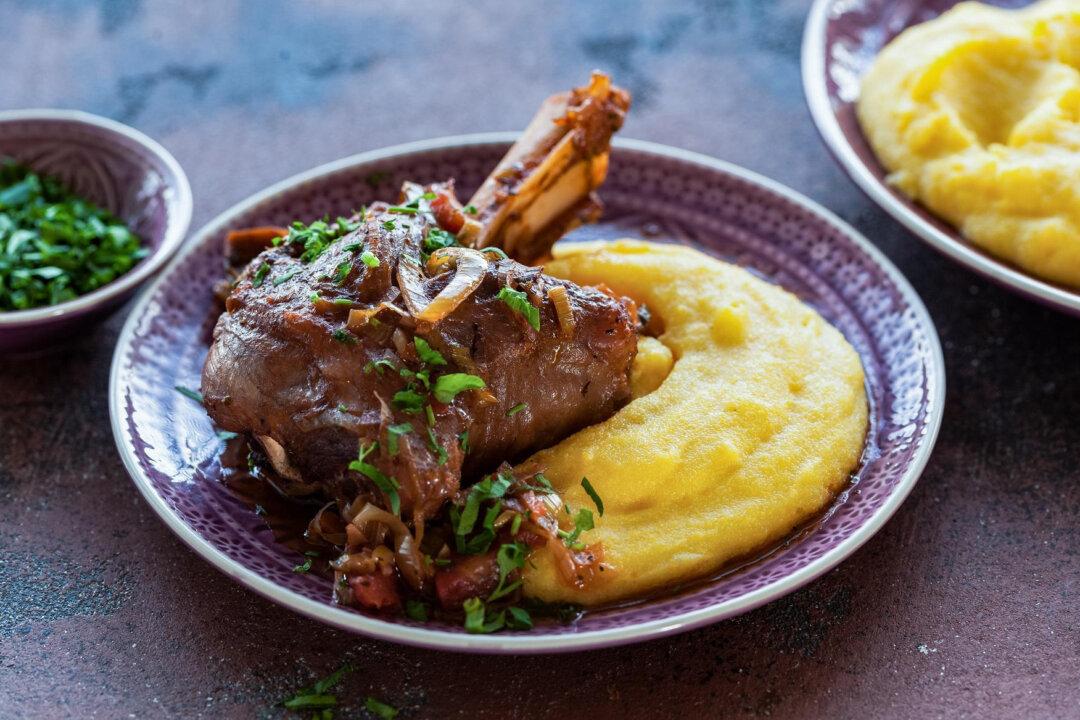There are some groceries that you should probably stop buying and make at home instead. Pancake mix, for one, is easy to craft using pantry staples, while stock is super easy to make using food scraps. But there’s one item you may still be buying that you should start making at home: salad dressing.
There are countless ways to make salad dressing, but one of the simplest and most versatile bases to start with is a vinaigrette. Once you have the basic vinaigrette structure down, the ways you can customize it and tailor it to your tastes are seemingly endless. Here’s everything you need to know about making your own vinaigrette salad dressing, plus three vinaigrette recipes to get you started.
What Do You Need to Make Vinaigrette?
The traditional base recipe for a vinaigrette couldn’t be any more, well, basic. It’s simply three parts oil and one part vinegar mixed together.
You can use whichever oil you have on hand, though neutral oils like safflower, canola or soybean oil are the classics. The first way to punch up your vinaigrette is to use extra virgin olive oil. It adds richness and, depending on your olive oil, a slightly fruity or pleasantly grassy flavor that is much more satisfying than “salad oils.” You can also experiment with other oil options, like walnut, avocado and pumpkin seed.
Vinegar-wise, you can also use what you have on hand or whatever you enjoy. Balsamic, red wine, sherry, Champagne, apple cider and rice wine vinegars are all good choices. To amp up your dressing, use high-quality vinegar, which will be thicker and more flavorful than store-brand vinegar. While we love budget-friendly options, vinegar is one of those ingredients worth splurging on.
Though the classic ratio is three-to-one, if you like your vinaigrette with a little more zip, you can easily go for a two-to-one ratio or move all the way down to a one-to-one ratio for a super robust, zesty dressing.

